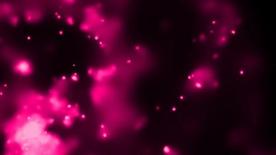
Priyamvada Natarajan—
Predicted by Einstein’s Theory of General Relativity, black holes are the most enigmatic objects in the universe. They are so compact and their gravitational pull is so intense that not even light can escape from them. Well before physicists co-opted the term “black hole” to describe these dark, lurking oddities, the term referred to a physical place: the black hole of Calcutta, an infamous tiny prison where many trapped English and Anglo-Indian soldiers suffocated to death in 1756. Einstein’s Theory of General Relativity reformulated Newton’s conception of gravity by introducing the concept of space-time, the four-dimensional sheet that describes the universe. According to Einstein, mass causes space-time to curve, producing potholes in it, and these undulations dictate how mass moves in the universe. Every object in the cosmos with mass—for instance,the sun, a neutron star, galaxies—generates bumps in space-time, the severity of which depends on its mass and how densely it is packed. A neutron star, which is more compact than our sun, causes a bigger pothole. And a black hole is so dense that it causes a puncture in space-time!
To read more, click here.